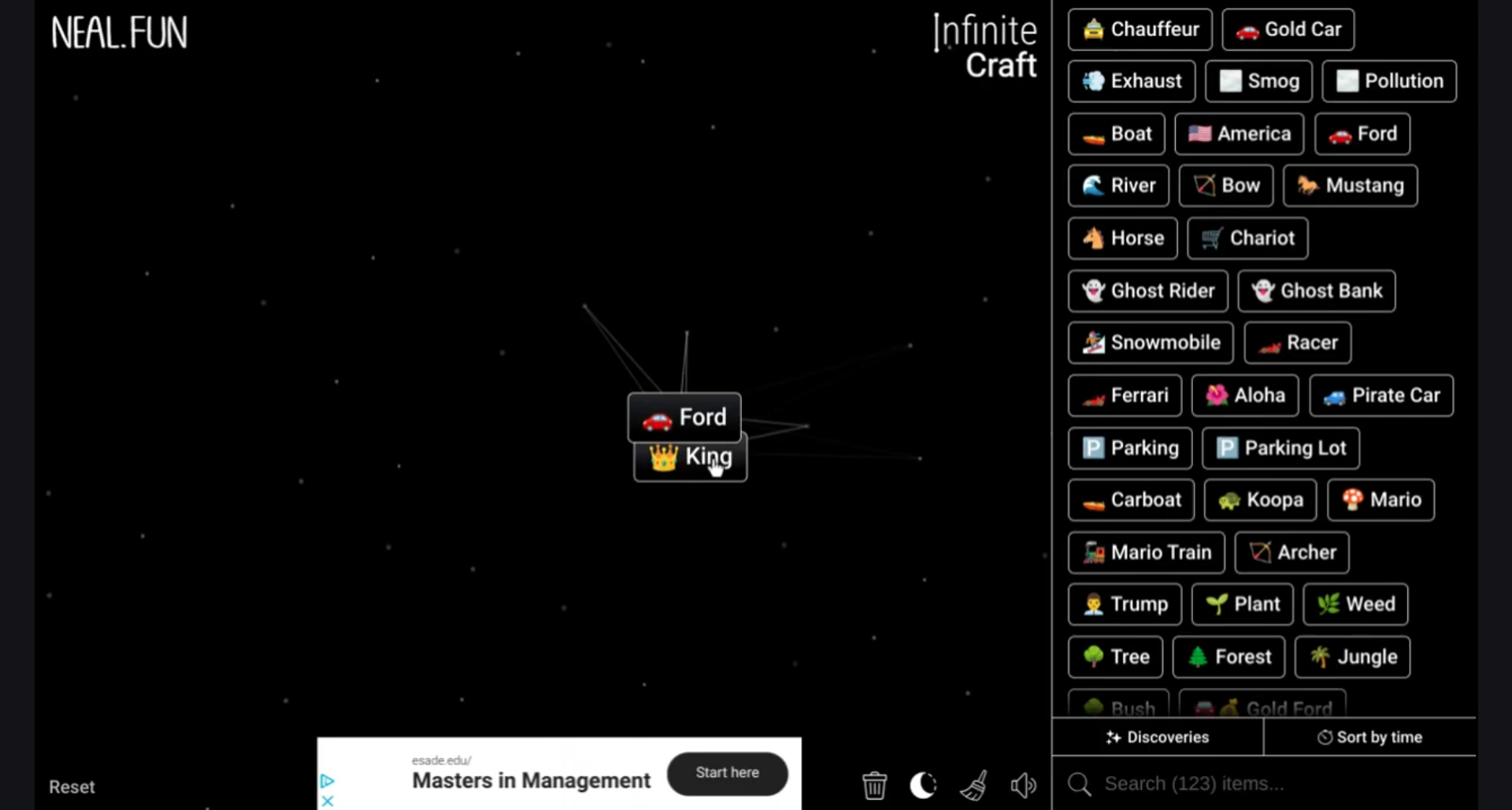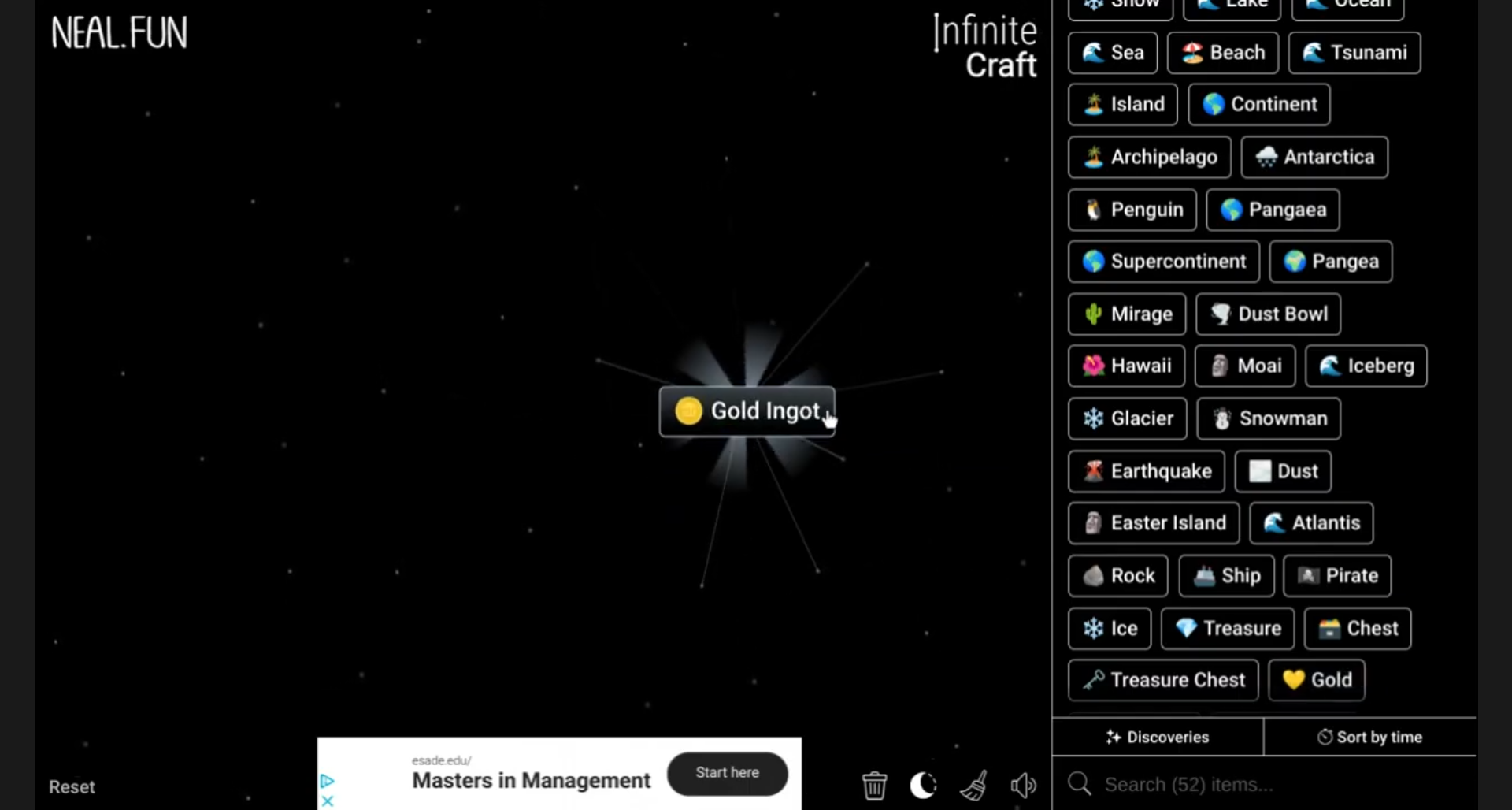In the vibrant world of Infinite Craft, mastering the art of water creation can significantly enhance your gameplay experience. Water serves as a life source, essential for survival through drinking, farming, and crafting. It’s crucial to understand how to harness this valuable resource effectively, allowing players to thrive in various environments. This article will provide a comprehensive guide on how to make water in Infinite Craft, covering everything from the fundamentals of water mechanics to advanced creation methods.
Understanding Water Mechanics in Infinite Craft
The Role of Water
Water plays a multifaceted role in Infinite Craft. It is essential for survival, providing hydration and enabling players to grow crops, which are vital for sustaining health. Additionally, water is used in various crafting recipes, including potions and tools. Having a reliable water source can be the difference between thriving or merely surviving in the game.
Water Sources in the Game
Identifying natural water sources is your first step in understanding water mechanics in Infinite Craft. Players can find water in several locations:
– **Lakes**: Small bodies of freshwater that are often scattered around the map.
– **Rivers**: Flowing water sources that connect to other bodies of water, providing abundant resources.
– **Oceans**: Large expanses of saltwater that, while less versatile than freshwater, can still be useful.
It’s important to distinguish between renewable and non-renewable water sources. While lakes and rivers can replenish, other sources like snow or ice may require preservation and careful management.
Methods to Create Water in Infinite Craft
Using Crafting Techniques
Creating Water with Ice Blocks
One of the easier methods to produce water involves using ice blocks. First, you’ll need to obtain ice blocks, which can typically be found in cold biomes. Here’s how to convert ice into water:
1. **Place the Ice Block**: In a location that receives a degree of warmth; an underground cave might be an ideal choice if it’s too hot outside.
2. **Melting Process**: Wait for the ice to melt into water. Remember, the surrounding environment’s temperature greatly impacts this process.
Building a Water Generator
Another method to create water in Infinite Craft is by constructing a water generator. This contraption allows for a continuous water supply.
1. **Gather Required Materials**: You will need buckets of water, dirt blocks, and some pistons.
2. **Build the Frame**: Layout a rectangular frame that is at least 5 blocks long. Fill it with dirt blocks, leaving a gap for the water flow.
3. **Water Flow Mechanism**: Place the water at one end of the frame. Use pistons to manipulate the water flow, ensuring that it can reset and refill after use.
Utilizing Game Mechanics
Rain and Weather Effects

Weather also plays a crucial role in accumulating water. Rain can quickly fill containers and natural water sources.
1. **Creating a Rain Catcher**: To maximize rainwater collection, consider constructing a rain catcher—essentially a platform with collections buckets or troughs.
2. **Setting Up Containers**: Strategically place containers beneath your rain catcher to ensure you capture as much rainwater as possible.
Water Duplication Techniques
Understanding water duplication mechanics can turn a small source of water into a much larger supply. Here’s how to duplicate water:
1. **Setting Up the Environment**: Ensure that you have a two-block deep trench and a solid block on one end.
2. **Placement of Blocks and Water**: Place the water source block at one end, and by manipulating the blocks correctly, you can create additional water sources that replicate.
Harvesting and Storing Water
Efficient Harvesting Methods
Once you’ve created water sources, you’ll need efficient methods for harvesting it. The quickest way to obtain water is by using buckets to scoop up from lakes or ponds. Ensure you transport water back to your farms or storage promptly.
Storing Water for Future Use
Crafting Water Containers
Different water containers help in holding significant quantities of water for later use. Common options are:
– **Buckets**: Require iron ingots for crafting, simple yet effective.
– **Jars**: Glass jars can be crafted from sand, allowing players to store water for potion-making.
You can easily create these containers using the crafting table interface, following the recipe instructions.
Setting Up Water Storage Systems
Building reservoirs or tanks for storing water not only looks aesthetically pleasing but also provides easy access to your water supplies. Use dirt or stone blocks to construct these systems and mark access points with signs or pathways for efficient use.
Common Issues and Troubleshooting
Potential Problems in Water Creation
While mastering water creation, players may encounter issues:
– **Ice Not Melting**: Ensure the ice is placed in a warm environment.
– **Issues with Water Flow in Generators**: Check mechanism parts to ensure they are functioning properly.
– **Limitations Based on Area**: Be aware of your surroundings; deserts or landlocked areas offer limited water sources.
Tips for Successful Water Management
Regularly check your water sources to ensure they are well-maintained and efficient. Setting reminders within the game can optimize your resources. Always maximize your water usage to sustain crops and resources in your gameplay efficiently.
Conclusion
A successful gameplay experience in Infinite Craft relies heavily on knowing how to make water in Infinite Craft. Utilizing the methods outlined above, players can efficiently create, harvest, and store water, ensuring they can thrive amidst challenges. Ultimately, the significance of water cannot be overstated; it is a versatile resource that opens multiple avenues in gameplay. Dive into the mechanics and start experimenting today!
FAQs
1. Can I create water in a desert biome?
Yes, although it’s challenging, you can create water via ice blocks or rain catchers.
2. How many ice blocks do I need to generate water?
One ice block can produce one water source, but it may depend on the surrounding temperature.
3. Are there limits to how much water I can store?

No limits technically, but ensure you’re using effective containers for space management.
4. Can I use saltwater for farming?
Saltwater is not suitable for farming and needs to be converted into freshwater.
5. How can I tell if my water source is renewable?
Water sources like rivers and lakes will refill, while others like ice or crafted water blocks will not.
6. What’s the best way to transport water long distances?
Buckets are most efficient for long-distance transport, although larger containers minimize trips.
7. How does rain affect my water supply?
Rain can fill containers, and accumulating water during rainfall maximizes resources.
8. Can I remove water sources once created?
Yes, you can use buckets to remove water sources.
9. What materials are required to build a water generator?

Wooden planks, pistons, and a water source block are typically needed.
10. How often does it rain in Infinite Craft?
Rain frequency is random and varies by biome, but keeping an eye on the weather can help with planning.
| Method | Description | Materials Needed | Notes |
|---|---|---|---|
| Ice Block Conversion | Convert ice blocks into water by melting. | Ice blocks | Temperature affects melting time. |
| Water Generator | Build a generator to create a continuous flow of water. | Pistons, dirt blocks, buckets | Requires a basic understanding of mechanics. |
| Rain Catcher | Collect rainwater using strategically placed containers. | Wood, buckets | Best used in wet biomes. |
| Water Duplication | Using specific block placements to duplicate water sources. | Water source block, solid blocks | Precision in placement is key. |
Additional Resources
For further information, check out the official Infinite Craft [game wiki](https://www.infinitecraft.com) and join community discussions on [forums](https://www.infiniteforums.com) for tips and strategies shared by fellow players. Video tutorials demonstrating these methods can be found on platforms like YouTube, offering valuable visual guidance.